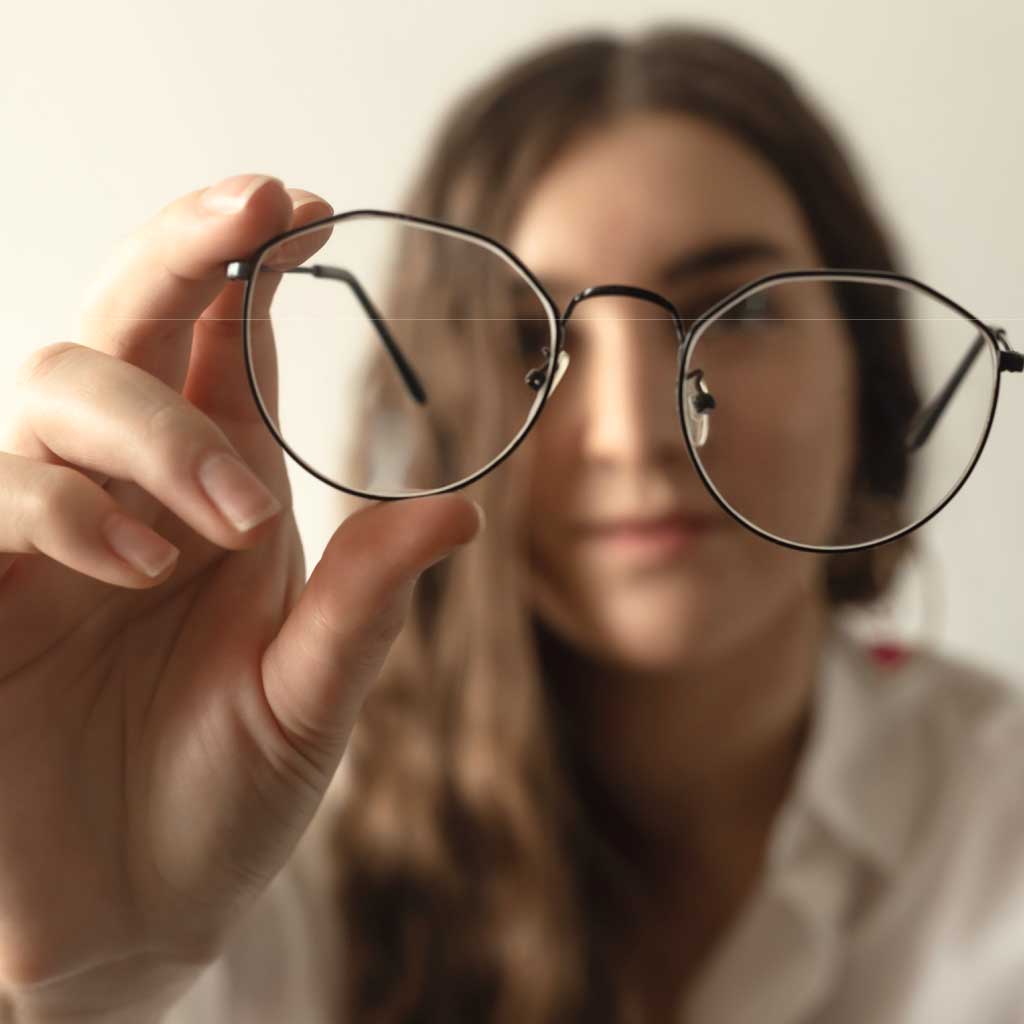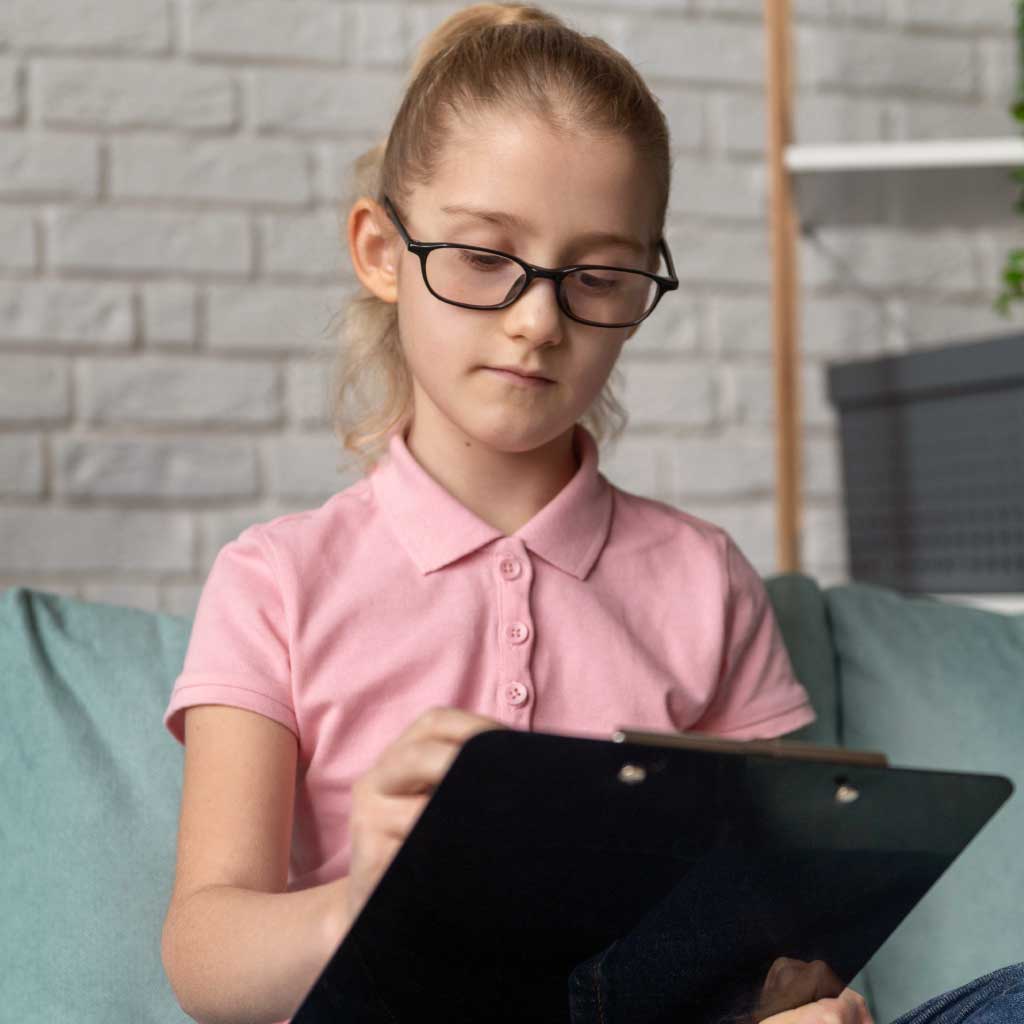MYOPIA CONTROL
Myopia, or short-sightedness as it is often called, is a visual condition where an individual struggles to see clearly in the distance but generally still retains good vision up close. Myopia occurs when the eyeball grows to a length that is too long for the power of the eye. The earlier the onset of myopia, the faster the progression tends to be and if left untreated, this ultimately results in higher myopia, stronger glasses and greater lifelong eye health risks.
Across the world, myopia prevalence is on the rise. In Australia, the prevalence of myopia among 12 year olds doubled in the six years between 2005 and 2011. It is currently estimated that by the year 2050, approximately 4.75 billion people globally (or half of the world’s population) will be myopic.
There are several genetic and environmental risk factors that play a role in the development and progression of myopia. A child with 1 myopic parent has a 3 fold risk of developing myopia and this jumps to a 6 fold risk if both parents are short-sighted. Environmental factors like not getting enough play time outdoors in natural daylight and spending more time on close work such as reading or looking at computers and handheld devices can also dramatically impact a child’s risk of developing myopia.
What is Myopia Control and Why is it Important?
Myopia Control is an area of optometric care that is dedicated to slowing down the rate of childhood myopia progression. This is important because as the amount of myopia increases, so too does the risk of eye disease in adulthood. Naturally, catching myopia early and commencing myopia control treatment as soon as possible leads to better long-term outcomes.
Several myopia control methods are available and your optometrist is best placed to discuss the most appropriate option(s) for your child. Specially designed spectacle lenses and contact lenses, Orthokeratology and Atropine eye drops have all been well documented to slow the rate of myopia progression by as much as 60%.
What Else Can I Do to Prevent or Slow My Child’s Myopia?
As already mentioned, it is important to diagnose myopia as early as possible, and once a diagnosis has been made and it has been established that the myopia is progressing, commencing myopia control early helps to slow the rate of progression.

Outside of school time, it is recommended that children spend no more than 3 hours per day on close work tasks – these tasks include homework, reading and using computers and handheld devices.
The 20:20 rule is an easy to remember caution that reminds kids and teenagers to prevent eyestrain by regularly taking breaks from their near work tasks. After 20 minutes of looking up close, we are encouraged to take a 20 second break and look towards a distant object that is at least 20 feet (or 6m) away.
It is important to position our computers, handheld devices and reading material in such a way that eye strain is minimised. For children, keeping an elbow to wrist distance between them and their reading material is ideal.
We now know that a direct relationship exists between time spent being outdoors and active and the risk of myopia either developing or progressing in kids. It is recommended that children spend at least 90 minutes per day outdoors in natural daylight (sun safety guidelines still apply so be sure to slip, slop, slap) and at least 60 minutes per day being active.

If you would like to know more about myopia control, or if you are concerned that your child is either developing myopia or that their myopia is progressing rapidly, our optometrists are here to help. You can make an appointment by booking online or phoning the practice on (07) 3463-0349.
Interested to know more?
To make an appointment with one of the optometrists at Eyecare Plus Ashgrove simply book online or call 07 3463 0439 during business hours.

